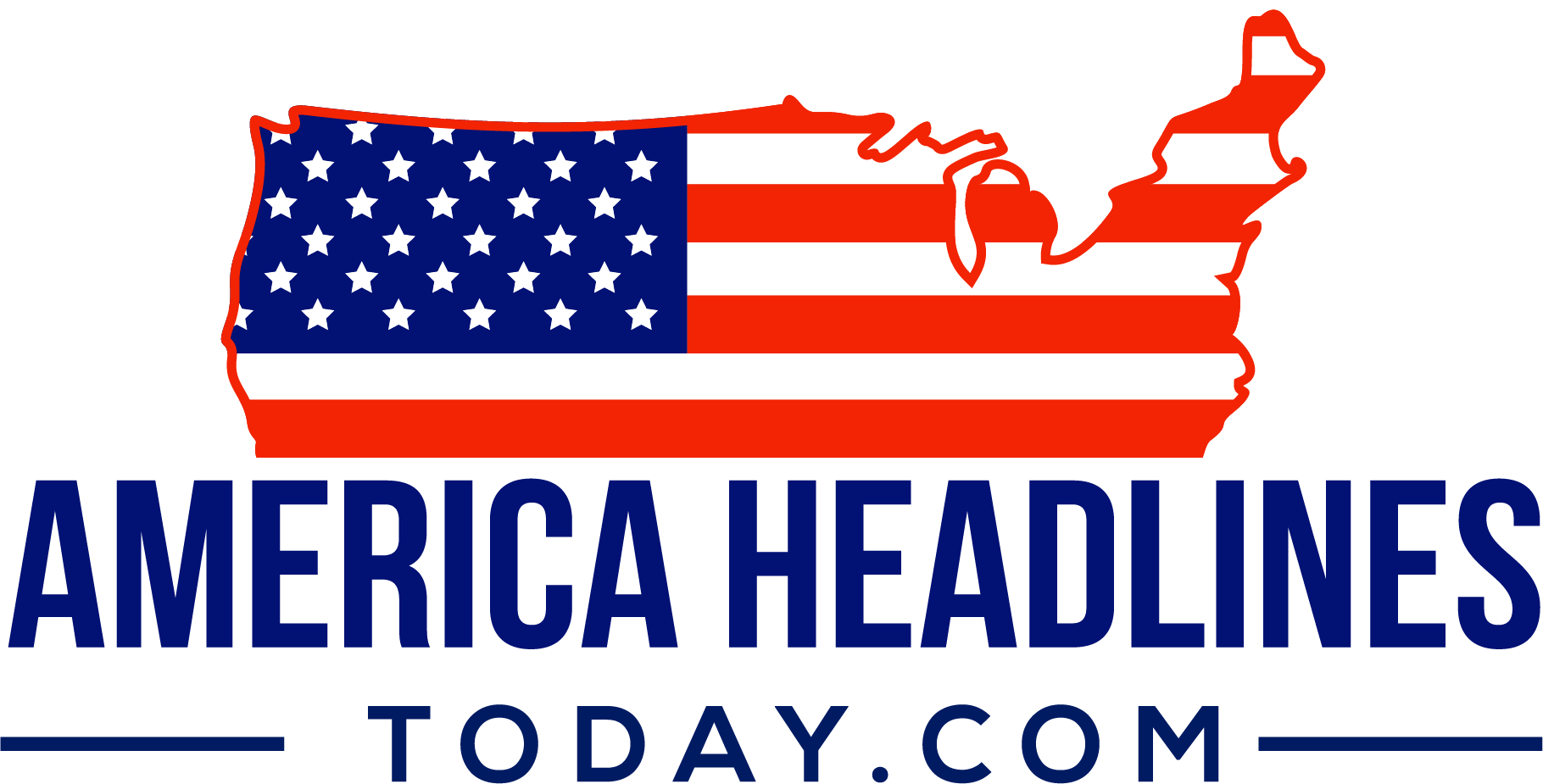President Trump’s latest threat to media networks suggests a chilling future where press freedom hangs in the balance.
Story Highlights
- ABC suspends Jimmy Kimmel after his criticism of Trump, under FCC pressure.
- Trump suggests networks critical of him could lose their broadcast licenses.
- Senate Majority Leader Schumer warns of a slide toward autocracy.
- Media freedom and executive power face intense scrutiny.
Donald Trump Suggests Revoking Licenses of News Networks Over Negative Coverage
In a striking move, President Donald Trump has praised ABC’s decision to suspend “Jimmy Kimmel Live “, following Kimmel’s monologue critiquing Trump’s response to the murder of Charlie Kirk, a conservative commentator. He criticized the networks’ late-night shows, claiming they have a biased approach and “all they do is hit Trump.” Trump alleged that news networks act as an “arm of the Democrat Party” and that their coverage of him is overwhelmingly negative, claiming a 97% negative coverage rate. He questioned whether these networks should be allowed to keep their licenses, suggesting they should be revoked due to the alleged bias. This announcement has drawn severe criticism from Senate Majority Leader Chuck Schumer, who warns that such actions threaten to erode democratic norms and veer toward autocracy.
The suspension of Kimmel’s show, which came after backlash from affiliates and pressure from the FCC, marks a significant escalation in the ongoing tensions between the Trump administration and media outlets. This move is part of a broader pattern of intervention by Trump’s administration in media affairs, raising alarm bells about the potential chilling effect on free speech and media independence. The FCC, led by Trump appointee Brendan Carr, has not yet issued a formal statement, but its involvement is evident.
Watch full video: Trump Threatens To Pull TV Network Licenses Unless They’re Nice To Him | 10 News
Impact on Free Speech and Media Dynamics
The potential for revoking media licenses based on coverage content challenges the core of free speech. Such a precedent could lead to increased self-censorship among media outlets, impacting the diversity of perspectives available to the public. Critics argue that this move undermines the First Amendment and sets a dangerous precedent for executive overreach in media regulation. The implications for media independence are profound, with potential long-term effects on the landscape of American journalism.
Media analysts stress that while the FCC’s authority to revoke licenses is limited and subject to judicial review, the mere threat can deter media outlets from pursuing critical coverage of the administration. This situation highlights the delicate balance between government oversight and media freedom—a balance crucial to a functioning democracy. The reaction from the media community and political figures suggests an urgent need for dialogue and legislative measures to protect press independence.
Political and Public Reactions
Public and political reactions to the suspension and threats have been swift. Many view this as an attack on the free press, a cornerstone of democratic society. Schumer and other Democrats are calling for congressional hearings to address these threats to media freedom. The controversy also underscores the deep political polarization in the U.S., with some conservatives arguing that late-night hosts like Kimmel have become overly partisan, while others defend their right to free speech.
As the debate continues, the broader implications for media companies and their role in society remain uncertain. The incident has sparked widespread concern about the future of press freedom and democratic norms in the United States, raising questions about the limits of executive power in regulating media content. Observers are closely watching how these developments unfold and the potential for legislative action to safeguard media independence.
Sources:
Trump says TV networks ‘against’ him should ‘maybe’ lose licence after Kimmel suspension
Trump Has Threatened Broadcast Licenses. Here’s How They Work. – The New York Times
